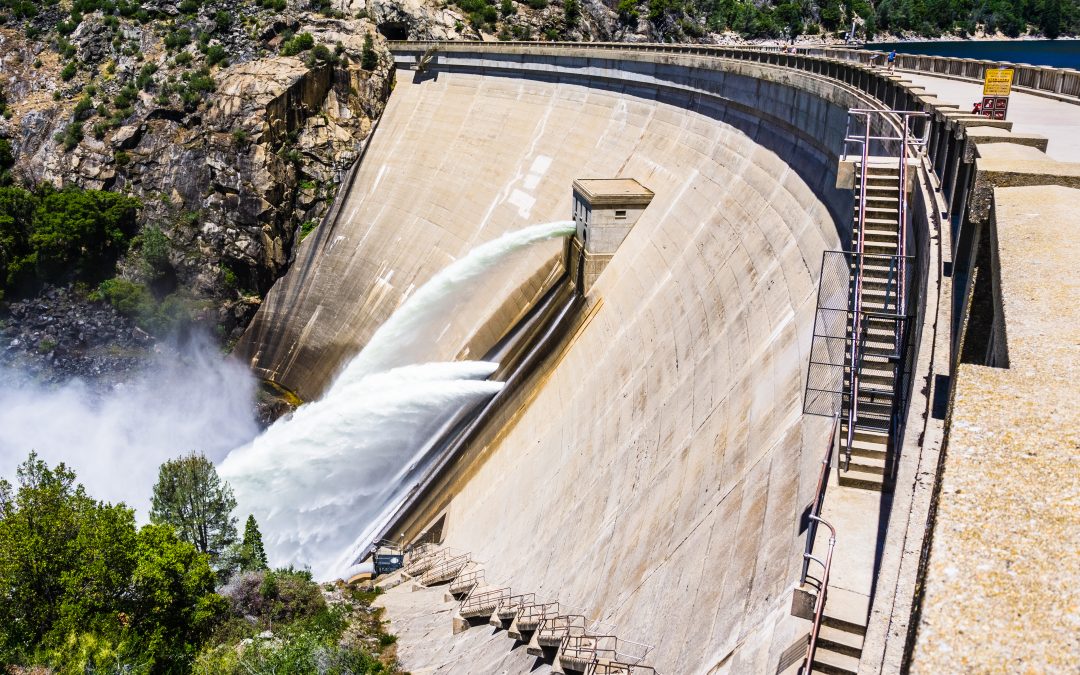The partial failure of the 114-year-old Minnesota Rapidan Dam offers a stark warning of the broader risks we face as a nation. The incident, involving a dam categorized as high-risk, underscores the dangers lurking within our aging infrastructure and the exacerbating effects of climate change. With nearly 4,100 dams nationwide in similar or worse conditions, it’s a wake-up call for immediate action.
The Impact of Climate Change on Infrastructure
Climate change has accelerated the frequency and severity of weather events, particularly heavy rainfall. This poses a significant threat to the integrity of our dams, bridges, and other infrastructure, many of which were not designed to handle such extreme conditions. The partial failure of the Rapidan Dam exemplifies the vulnerability of our infrastructure to these changes.
Increasingly erratic weather patterns have resulted in record-breaking rainfall in many parts of the United States, leading to flooding and other water-related disasters. These events not only strain existing dams but also threaten the safety and security of nearby communities. As the climate continues to change, the risk of dam failures and other infrastructure crises grows, putting lives, properties, and ecosystems at risk.
The Broader Implications for America and the World
The situation in Minnesota is not unique; it’s a reflection of a global challenge. Aging infrastructure, inadequate maintenance, and insufficient funding for repairs and upgrades are issues faced by many countries. The repercussions of infrastructure failures extend beyond immediate safety concerns. They disrupt economic activities, impact food and water supplies, and exacerbate social inequalities.
In the face of these challenges, it’s crucial to prioritize investment in sustainable infrastructure and to adapt to the realities of a changing climate. The United States, as one of the largest contributors to global carbon emissions, has a responsibility to lead by example. By addressing the root causes of climate change and investing in sustainable solutions, we can mitigate the risks posed by extreme weather events and aging infrastructure.
The Role of Renewable Energy in Mitigating Climate Risks
One of the most effective ways to combat climate change and reduce its impact on infrastructure is to transition to renewable energy sources. Solar, wind, hydroelectric, and other renewable energy technologies offer clean and sustainable alternatives to fossil fuels. By reducing greenhouse gas emissions, we can slow the progression of climate change and lessen the severity of its effects.
Investing in renewable energy not only helps protect our environment but also creates economic opportunities and improves energy security. It reduces our dependence on non-renewable resources and fosters innovation and job creation in the green energy sector. Moreover, renewable energy projects often involve modern infrastructure development, which can be designed to be more resilient to the impacts of climate change.
Conclusion
The partial failure of the Rapidan Dam is a clear indicator of the urgent need to address the vulnerabilities in our infrastructure and the broader challenges posed by climate change. It’s a call to action for governments, businesses, and individuals to prioritize sustainable practices and renewable energy investments. By doing so, we can create a more resilient and secure future for our communities and the world.
As we reflect on the lessons from Minnesota, let’s commit to a path of sustainable development and proactive adaptation. The time to act is now.
While there may be logistical issues in making the change to solar, we can solve them all for you, easily and economically. Contact Us at Renewable Energy and we’ll show this can be done to your advantage.


Recent Comments